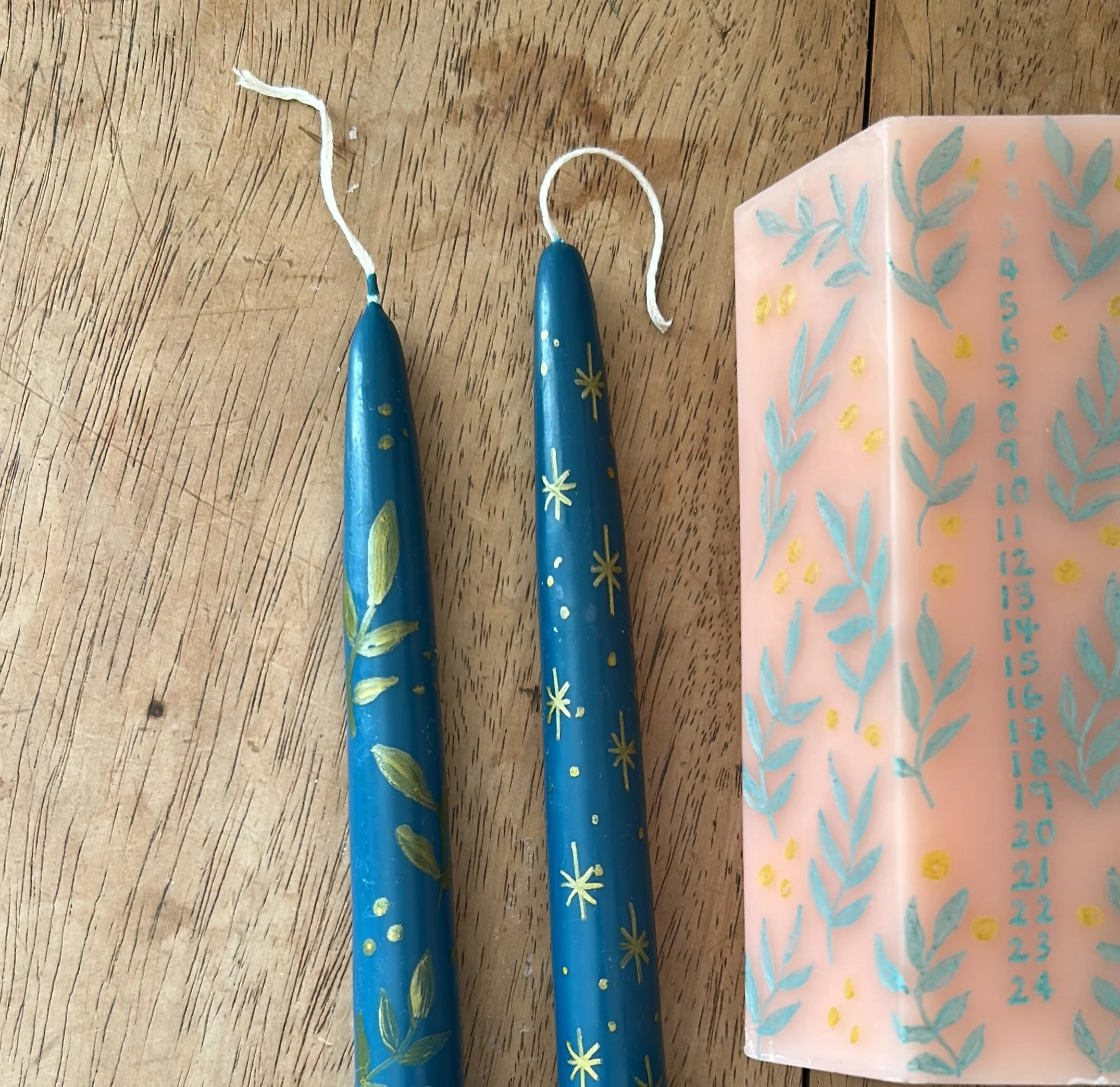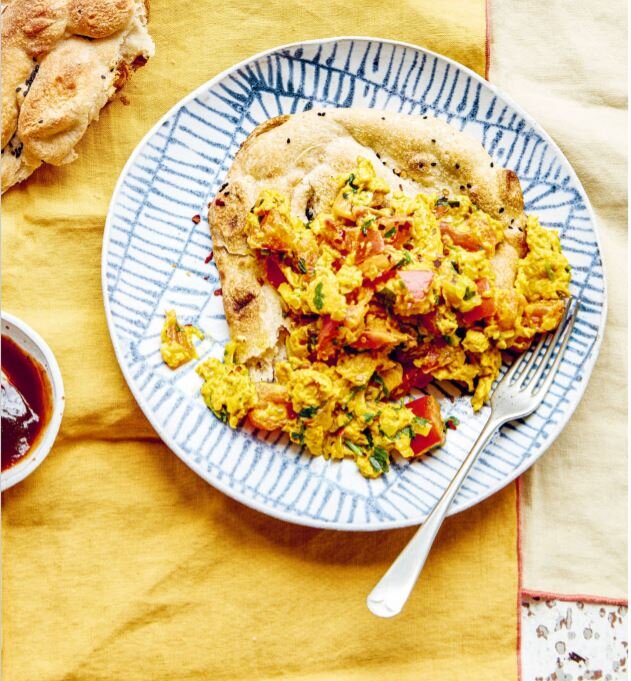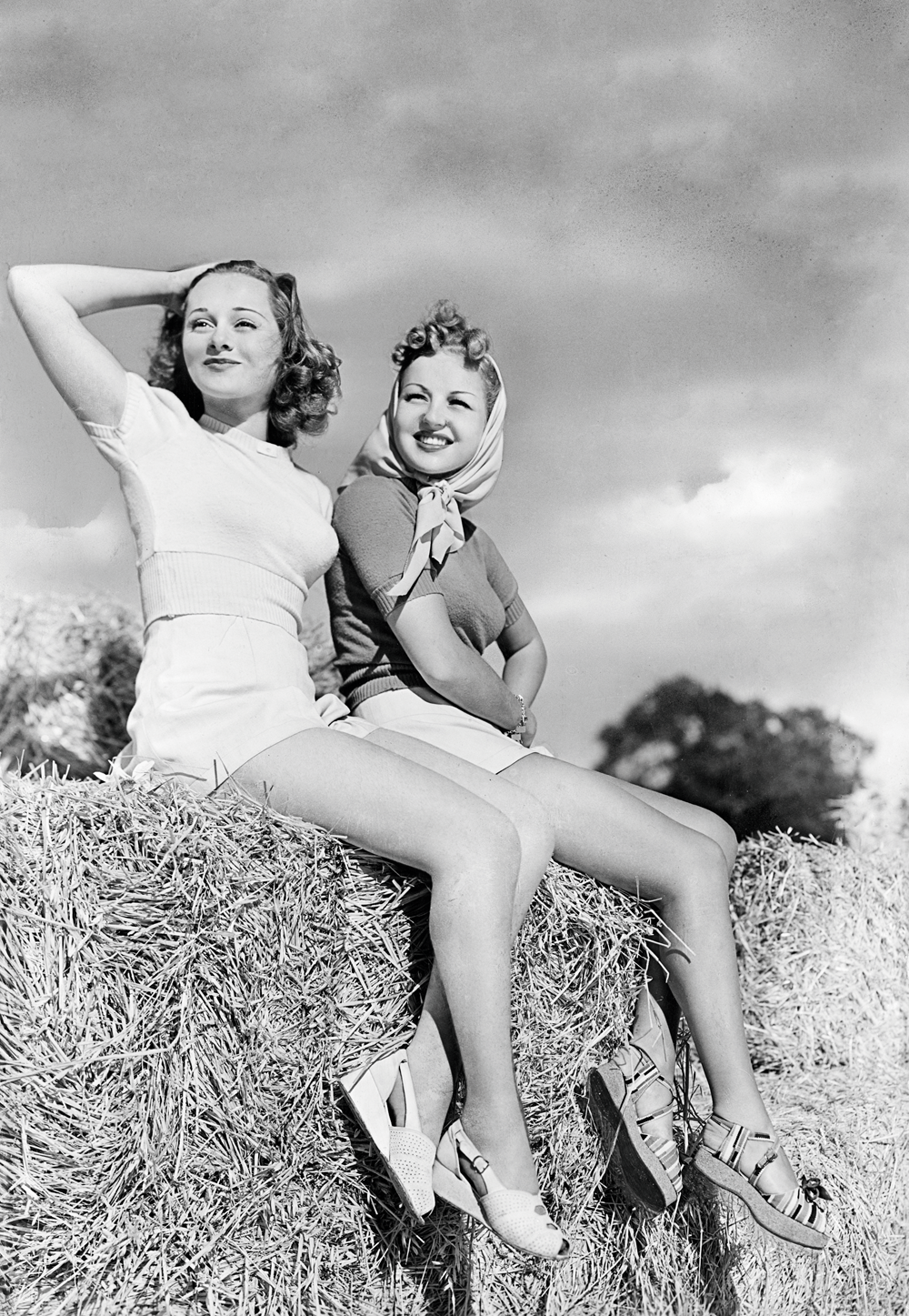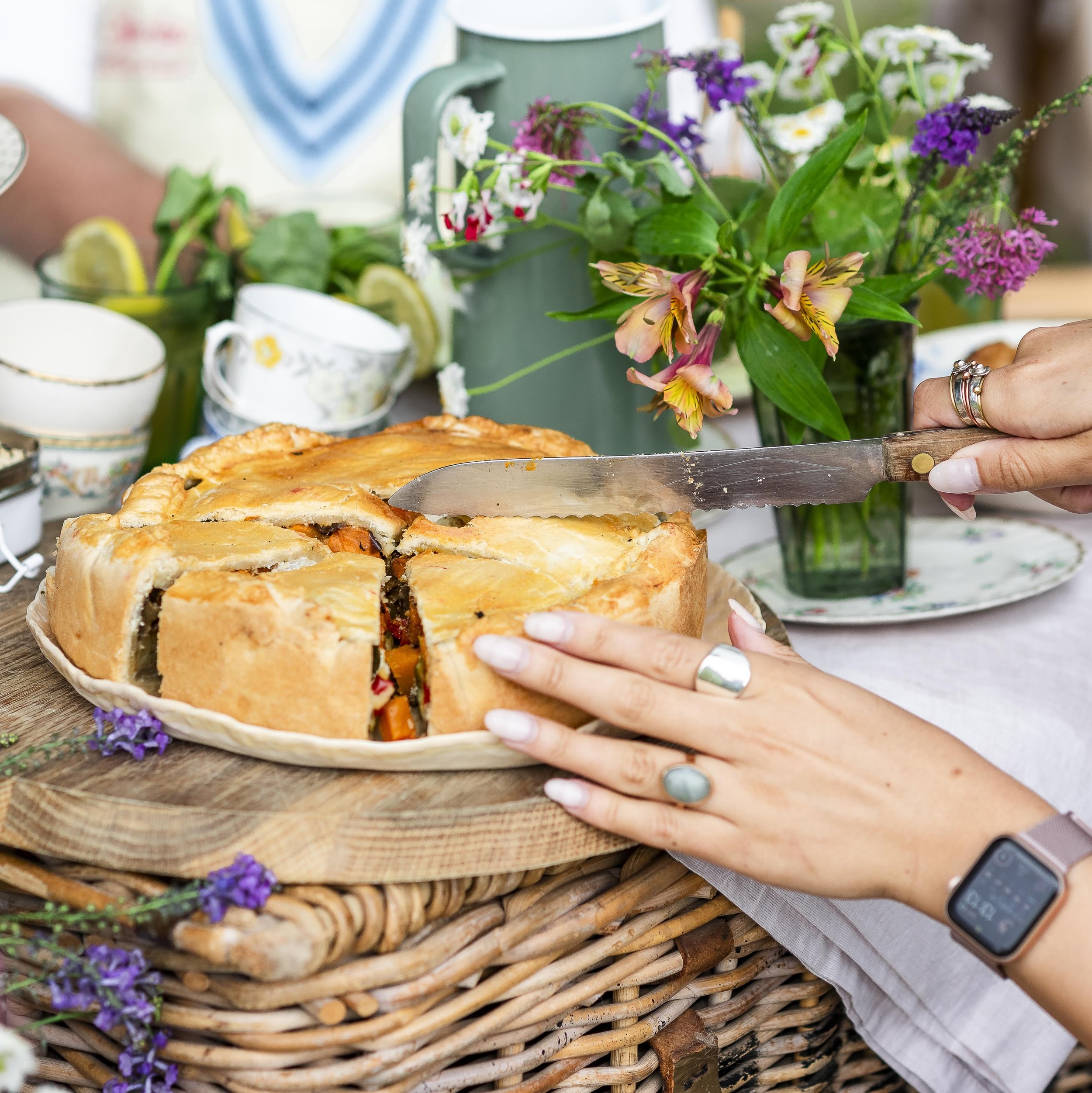When you use natural dyes, you might be surprised by the end result. Part of creating is not always knowing quite how things will turn out, so give yourself permission to go with the flow. You can use these for an Easter egg hunt or to decorate a spring table.
You will need:
Eggs (we used brown and white)
Materials for dyeing, such as red cabbage, blueberries, turmeric, onion skins, avocado stones, nettles or hibiscus flowers/teabags
White vinegar
Containers (large enough to hold the eggs in the fridge overnight)
To make:
1 Start by hard boiling the eggs for around 6-8 mins. Then remove from the pan and set aside.
2 For each colour, add your dyeing material to a full pan of water. Bring to a boil and simmer for 30 mins, or longer, until the liquid is deeply coloured.
3 Remove the material from the pan and stir in a teaspoon of white vinegar.
4 Place the eggs and the dye in a container and leave in the fridge overnight. Don’t crowd the container or the eggs will not dye evenly.
5 The next day, remove the eggs from the container and allow them to dry. You can discard the dye or
use it to make another batch of eggs.
Maker’s note: The eggs will fade over the coming days and hard boiled eggs should be disposed of after a week.
This mini project is just one of the ideas from our regular feature, Kitchen Therapy, which this month also includes recipes for Egg Mayo Tartine with Spring Herbs, Cavatelli pasta, Pistachio Pesto, Artichoke Hearts with Ricotta & Salsa Verde and a White Chocolate Cheesecake. The recipes are by Lottie Storey and the photography by Kym Grimshaw.
Buy this month's The Simple Things - buy, download or subscribe







































